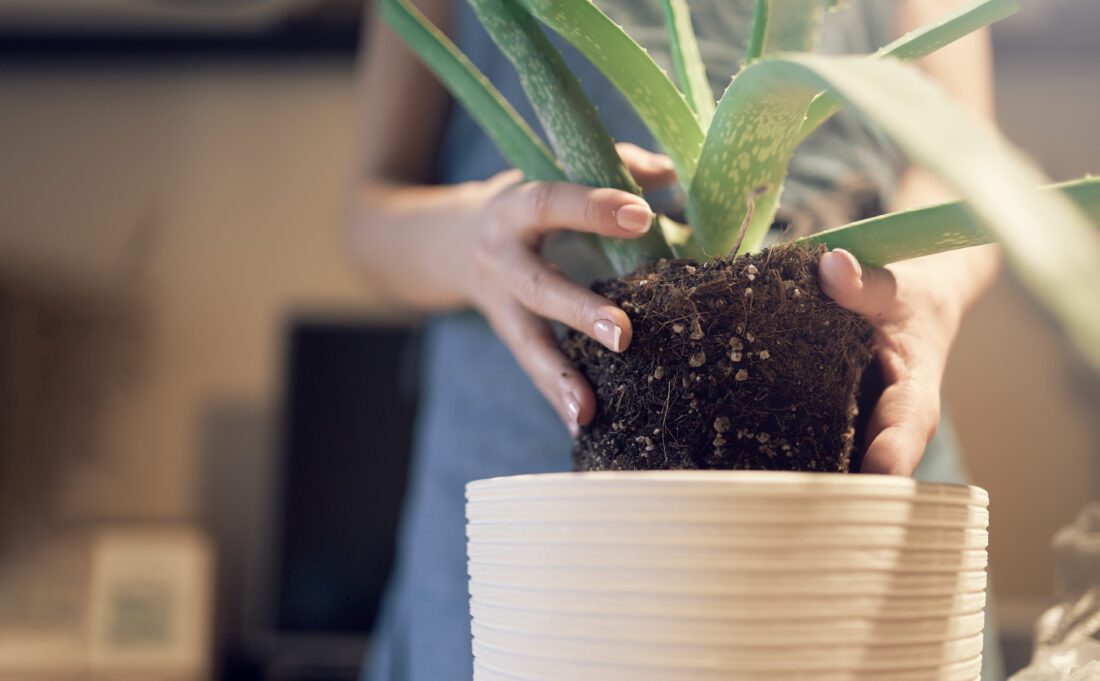September 6, 2024
How to Bring Houseplants Indoors: A Step-by-Step Guide
As temperatures drop, it’s time to start thinking about bringing your houseplants back indoors. Transitioning plants from the outdoor growing season to indoor conditions can be tricky, but with a little preparation, you can ensure your plants stay healthy and thriving all winter long. Here’s how to do it:
Preparing Your Plants
- Repotting (3-4 Weeks in Advance):
Start by repotting your plants at least 3-4 weeks before bringing them inside. This allows your plants to settle into fresh soil, which helps control soil pests and gives them a chance to adjust before the move. - Soak in Soapy Water:
Another option, especially for plants that prefer moist soil, is to submerge the entire pot in mild, soapy water for about 15 minutes. This will help eliminate any soil hitchhikers like pests that may have settled in during the summer months. - Clean the Leaves:
Thoroughly clean the leaves with mild, soapy water to remove dirt, dust, and pests. After cleaning, let the foliage dry completely. This is an essential step to ensure your plants are free of any unwanted pests before they come inside. - Inspect for Pests:
Once the foliage is dry, carefully inspect the undersides of the leaves and crevices where pests often hide. If you find any remaining pests, treat them with an appropriate control product to prevent infestations indoors. We recommend using Bonide All Seasons Horticultural Oil to effectively eliminate pests ( and their eggs) before bringing your plants inside. Simply apply it to the leaves and stems to ensure no bugs follow your plants indoors. - Acclimate Your Plants:
Acclimating your plants to indoor conditions is crucial for their health. Start by bringing them indoors at night and gradually increase the time they spend inside each day. This slow transition helps them adjust to lower light levels and indoor humidity.
Caring for Your Plants Indoors
- Reduce Watering and Feeding:
Once your plants are inside, reduce watering and feeding. Indoor conditions are typically less humid, and overwatering can lead to root rot. Keep an eye on soil moisture and adjust your watering schedule accordingly. For more watering tips, read our blog on winter watering for houseplants. - Use Supplemental Grow Lights:
For plants placed in darker spaces, supplemental grow lights can make a big difference. You can easily place a grow bulb in your favorite lamp to provide the extra light your plants need to stay healthy during the winter months.

By following these steps, you can ensure a smooth transition for your houseplants as they move back indoors. With a little care and attention, your plants will continue to thrive, bringing greenery and life to your indoor spaces all year long. Have more questions? Come speak with our Greenhouse experts at your local Mahoney’s!

